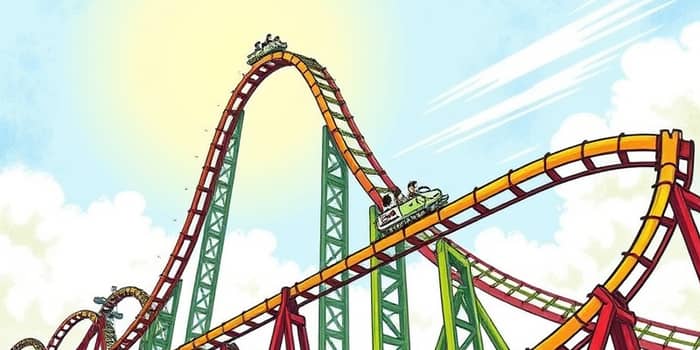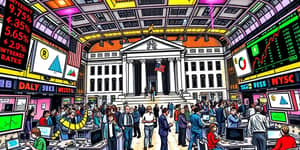
The financial world often feels like a high-speed ride, with interest rates soaring, plunging, and looping without warning. As we enter the second half of 2025, understanding the forces behind these shifts and equipping yourself with practical strategies is more important than ever. Whether you’re a borrower, an investor, or a corporate treasurer, this comprehensive guide will help you anticipate turns on the track and emerge stronger on the other side.
In the sections that follow, we’ll explore the global landscape, dissect the drivers of volatility, compare regional differences, forecast economic impacts, and offer actionable advice. Strap in and prepare to transform uncertainty into opportunity.
After aggressive rate hikes in 2022 and 2023 aimed at taming surging inflation, central banks around the world have adopted a wait-and-see approach from mid-2024 onward. In the United States, the federal funds rate stands at 4.25–4.50% (June 2025), with expectations of two cuts this year to land around 3.75–4.00%. Meanwhile, extremes persist: Venezuela grapples with 59.4% rates in the throes of hyperinflation, and Russia maintains 21%, the highest among major economies.
At the other end of the spectrum, Japan holds at 0.5%, and Switzerland and Fiji at just 0.25%. As inflation moderates globally, the broad trend is shifting toward gradual easing, but volatility remains high due to geopolitical tensions, trade policy shifts, and uneven economic recoveries.
Understanding the main engines propelling this rollercoaster can help you anticipate twists before they arrive.
Interest rate policies now reflect a mosaic of economic conditions. The table below summarizes key data for major regions:
Rate shifts ripple through markets, affecting borrowing costs, asset prices, and corporate strategies.
In financial markets, the 10-year U.S. Treasury yield is projected to decline from 4.2% in 2024 to 3.25% by 2028, while 30-year mortgage rates could fall from 6.7% to 5.0%. Lower yields support bond prices and often buoy equities, but they compress savers’ returns.
The banking sector faces a dual challenge: managing funding costs amid rate volatility and leveraging generative AI tools for advanced risk monitoring. Meanwhile, borrowers may benefit from reduced borrowing costs, but timing refinancings requires careful analysis of rate forecasts.
Economists predict roughly 0.5 percentage point of Fed cuts in 2025, with cumulative easing of 2 points by end-2027. However, tariffs could nudge inflation upward through 2026, though the impact is expected to be modest compared to the growth slowdown risk.
Most major central banks now emphasize patience. The Fed’s dual mandate—balancing maximum employment and 2% inflation—guides a measured pace of cuts. Public statements stress evolving data, avoiding pre-commitments, and retaining flexibility.
Forward guidance has shifted from specific rate paths to conditional language: central bankers will act “as data warrant,” highlighting risks without promising strict timelines. This communication strategy aims to anchor expectations while preserving optionality.
Individuals and organizations can adopt strategies to thrive despite unpredictable rate moves:
The interest rate rollercoaster shows no sign of slowing. Yet, by understanding the forces at play and adopting flexible strategies, you can turn each twist and turn into a chance to optimize financing, enhance returns, and build resilience.
As central banks navigate a delicate balance between inflation risks and growth concerns, staying informed and prepared is your best seat belt. Keep your eyes on data releases, be ready to adjust your positions, and remember: every downturn in rates can be an upturn for opportunity.
References













